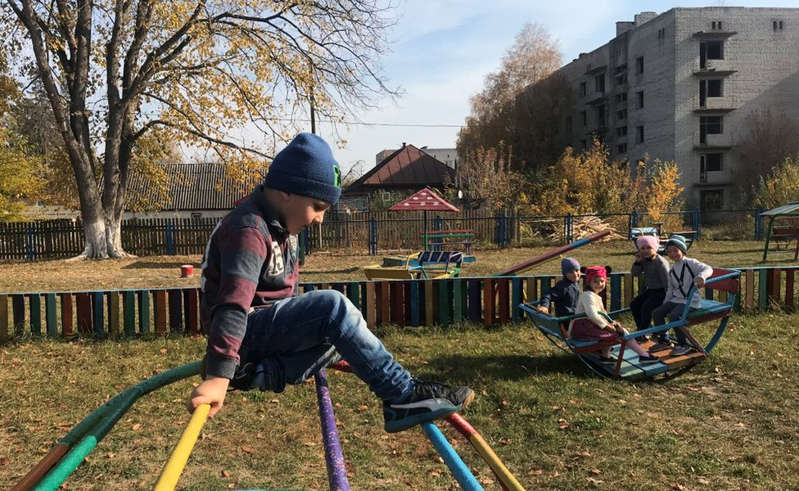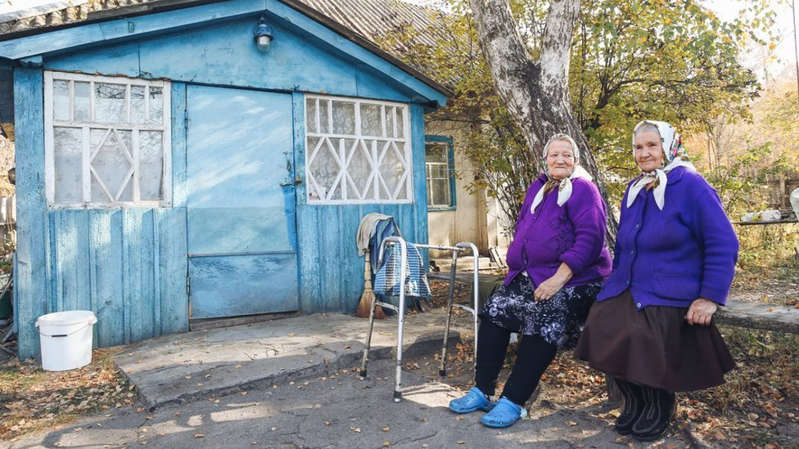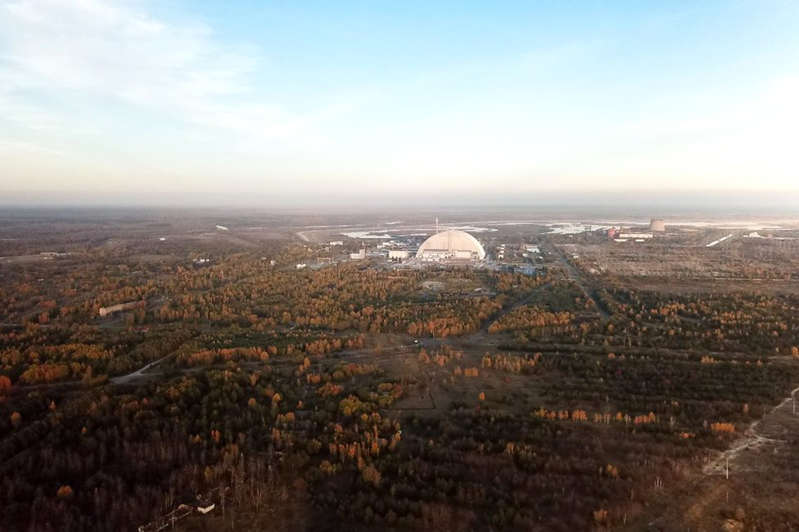
The purpose of the study is to show that exposure to radiation does not affect future children.
There is no additional damage in the DNA of the children of those who participated in the liquidation of the consequences of the disaster at the Chernobyl nuclear power plant, a group of scientists from six countries, including Russia and Ukraine, found out.
They came to this conclusion in the course of the first-ever study of the genes of children whose parents, before their conception, were exposed to radiation from the Chernobyl disaster.
All children in the study were conceived after the disaster and were born between 1987 and 2002. Their genomes have been fully studied.
It was not possible to find mutations associated with the effects of radiation on the parents.
The research results are published in the journal Science.
- Chernobyl: is there a link between radiation and gene mutations?
- Real “Chernobyl”. Life in the “dead forest”
- “Chernobyl” through the eyes of the West: memes and tears
Professor Jerry Thomas of Imperial College London has been studying cancers associated with radiation exposure for decades.
According to her, the purpose of the new study was to show: “even when people are exposed to relatively high doses of radiation compared to normal background, their future children are not affected.”
The research team was led by Professor Meredith Yeager of the US National Cancer Institute.
The researchers studied the genomes of the children of liquidator workers who took part in cleaning up the contaminated area around the Chernobyl nuclear power plant, as well as residents evacuated from the city of Pripyat and other settlements within a radius of 70 km from the station.
One of the scientists, Dr. Stephen Chanok, also from the National Cancer Institute, says that entire families were involved in the study to compare the DNA of a father, mother and child.
“In this case, we were not studying what happened to the children in the womb during the disaster, but looking for so-called de novo mutations,” he says.
We are talking about mutations that the child has, and which the parents did not have. They happen randomly in an egg or sperm cell.
Depending on where the mutation occurs in the child's DNA, it may have no consequences or cause a genetic disorder.

About 50 thousand people lived in Pripyat before the disaster
“In each new generation, there are about 50-100 such mutations, and they happen by chance,” explains Dr. Chanok. “In a sense, this is the building block of evolution. This is the mechanism by which changes occur in the population with each successive generation.”
“We studied the genomes of the father, mother, and then the child and deliberately waited an additional nine months, waiting for some signal, a change in the number of these mutations associated with the irradiation of the parents. We did not see anything.”
According to scientists, this means that the effect of radiation on the parent's body does not affect the children he may conceive or give birth to in the future.
“Many people were afraid of having children after the nuclear bombing [of Nagasaki and Hiroshima],” the BBC professor told the BBC. “People were afraid to have children after the accident at the nuclear power plant in Fukushima, because they feared that exposure to radiation would somehow affect their child.”
“This is very sad. And if we can prove that there is no such effect, there is hope that we can dispel these fears.”

Elderly settlers still live in the exclusion zone near the Chernobyl nuclear power plant
Professor Thomas did not take part in the international study, however, together with colleagues, she separately studied cases of cancer associated with the Chernobyl disaster.
They were mainly interested in thyroid cancer, since it is known that after the accident at the nuclear power plant, it occurred in at least five thousand people, most of whom were cured.
After the accident, the Soviet authorities did not withdraw irradiated milk from the sale in the region; children drank it, receiving large doses of radioactive iodine, which was thrown out of the reactor.
“Basically, we found that there is no difference between an accident-induced thyroid cancer and any other thyroid cancer,” she says.
“There is no” demonic Chernobyl tumor “that cannot be cured. All of them can be treated in the same way as any other cancer,” the professor sums up.

After the accident at the Chernobyl nuclear power plant, an exclusion zone with an area of 40 thousand square kilometers arose around it

